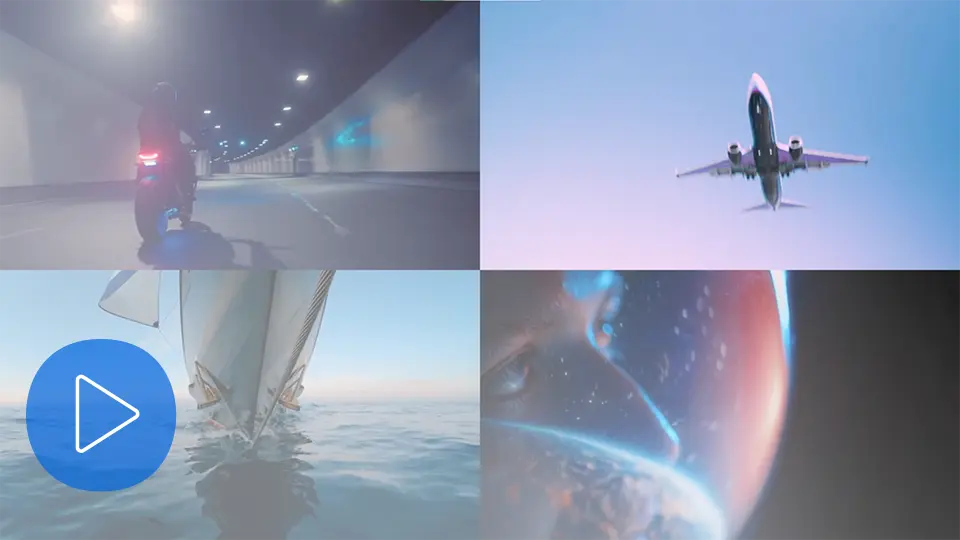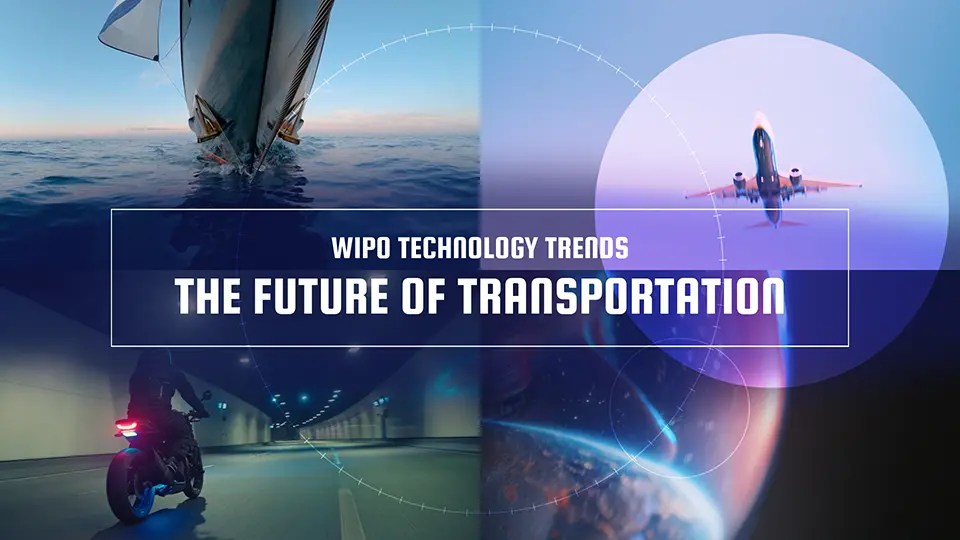What are the main transportation trends of the future?
Sustainable Transportation
Transport Digitalization
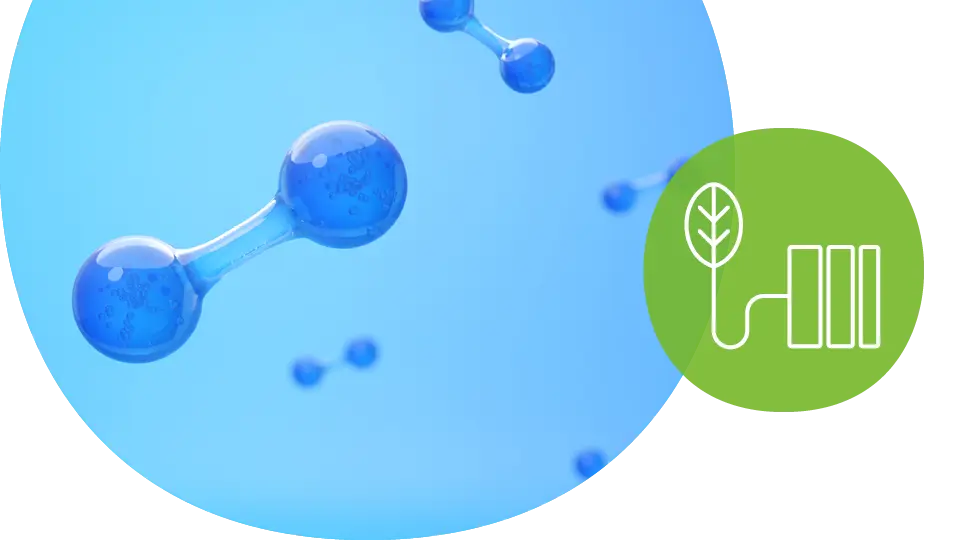
Sustainable propulsion
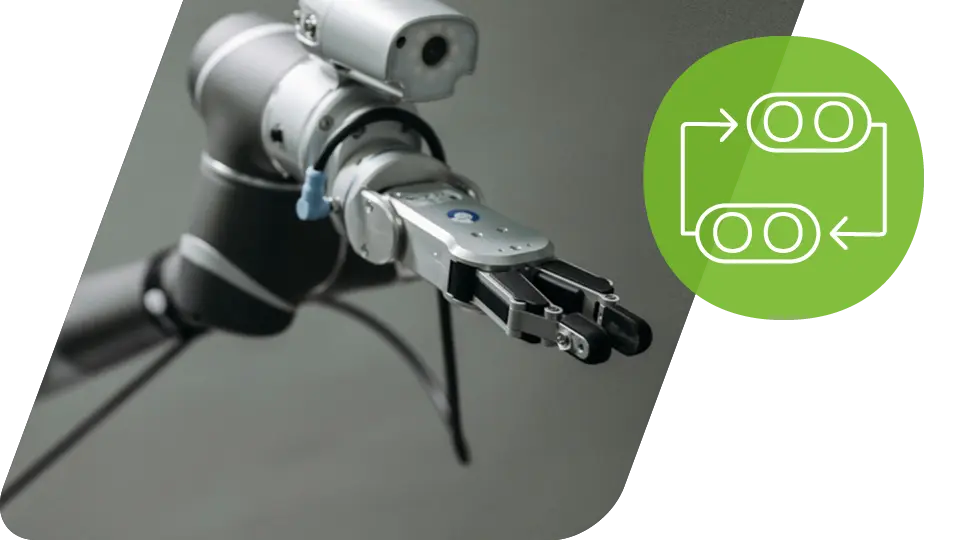
Automation and circularity in transportation
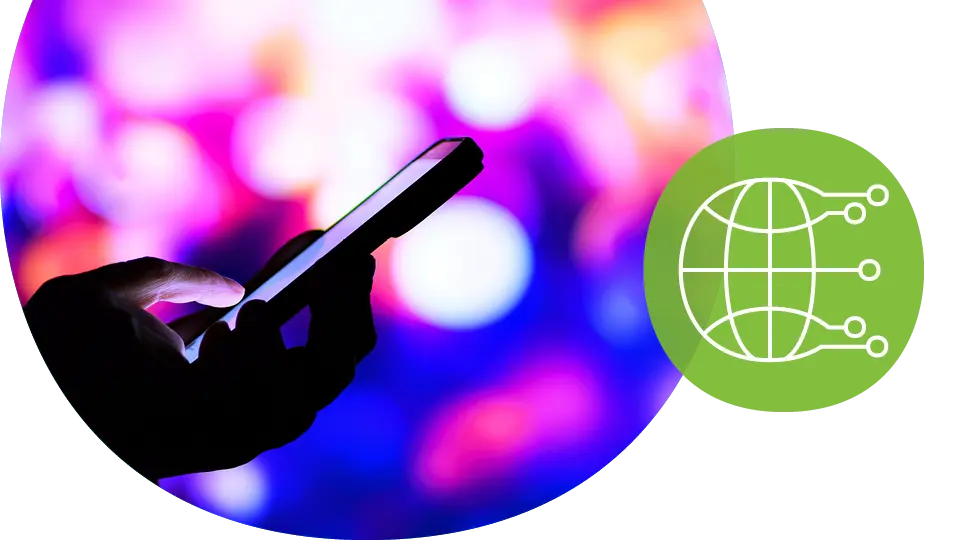
Communication and security for transportation
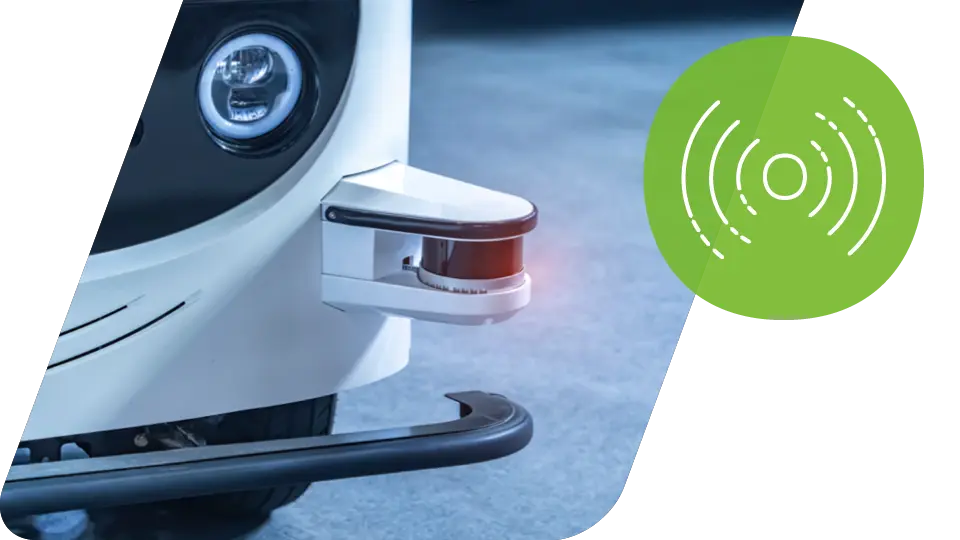
Human–machine interface for transportation
Sustainable propulsion
Automation and circularity in transportation
Communication and security for transportation
Human–machine interface for transportation
Read expert views

We've been caught out in the past by unexpected exhaust products from transport infrastructure. First it was horse manure, then it was CO². This time it's data. We must not make the same mistake again!
Tom Standage, Deputy Editor, The Economist, UK

The European Union has recently taken
a monumental step in air transportation by introducing new aviation regulations to accommodate vertical take-off and landing (VTOL) technology, which I am confident will usher VTOLs into everyday transportation across Europe.Agnieszka Wiszowaty, co-founder, Maviator Group, Poland

Only about 20% of public transportation staff are women. But in many countries, they are the dominant users of public transportation. We need to get more women involved: in managing, in designing, operating and maintaining these systems.
Mohamed Mezghani, Secretary General, International Association of Public Transport (UITP), Belgium

The future of transportation is a mix of software development, hardware development, and their integration. It is also about fuel-efficient technologies, including electric vehicles. However, there is one really big catch when considering the future of electric vehicles: the limited supply of battery materials and their supply chains.
Jason Schenker, Chairman of The Futurist Institute, USA
Dive deeper into various modes of transport
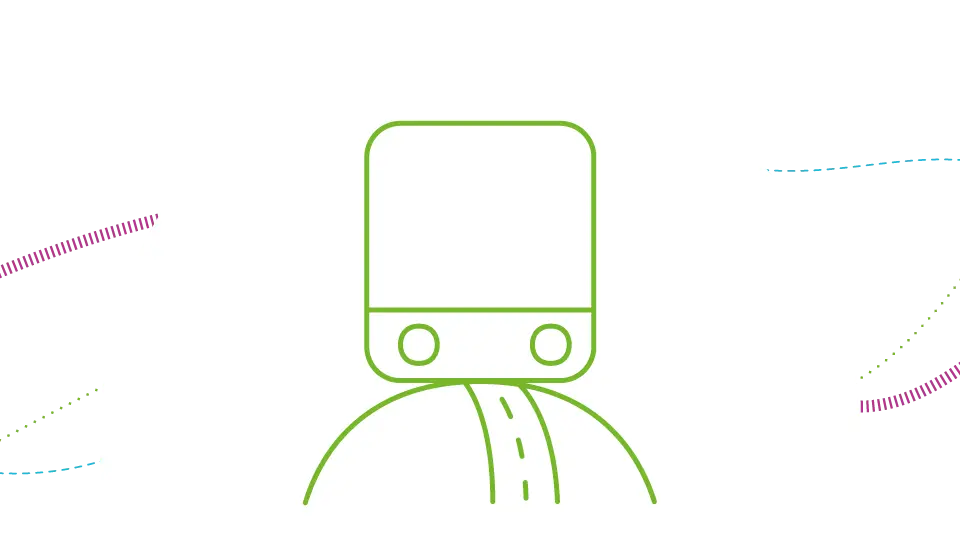
Land transportation
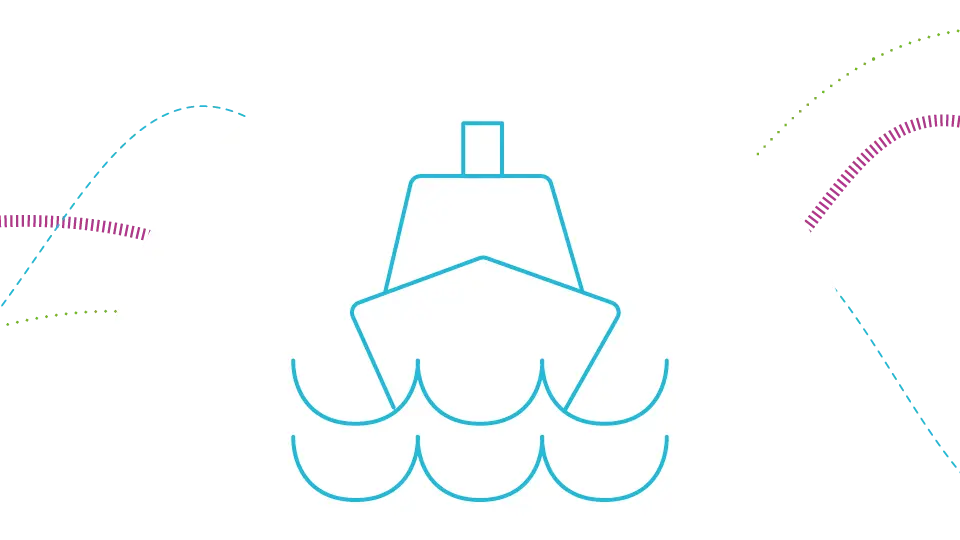
Sea transportation
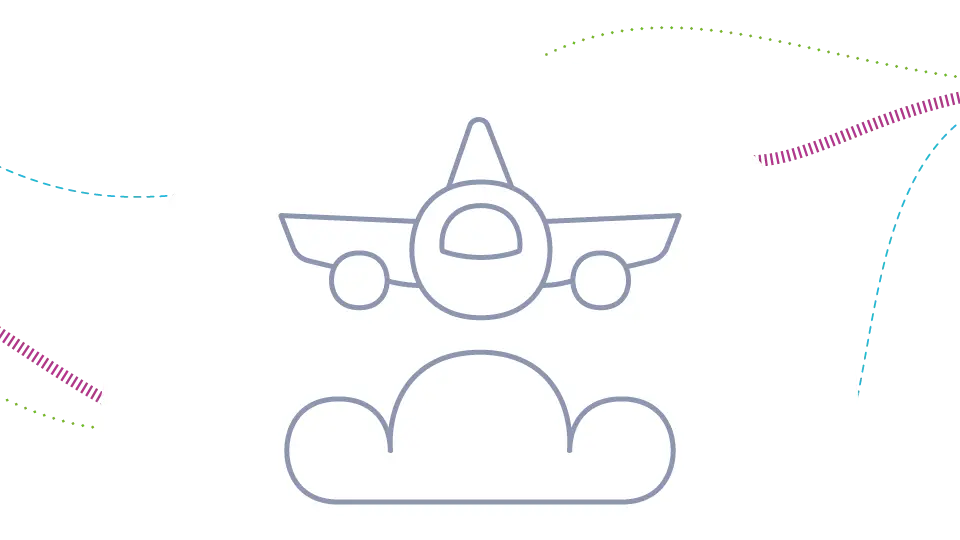
Air transportation
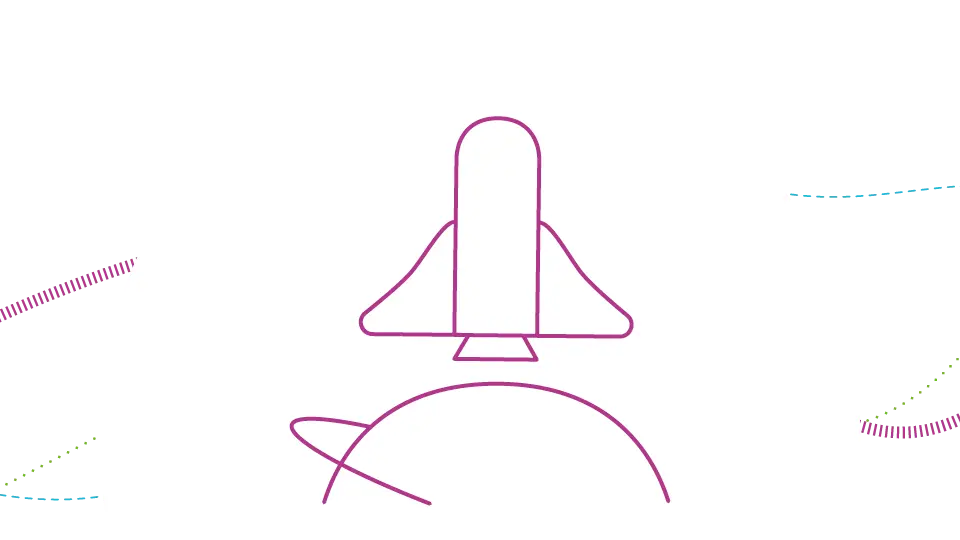
Space transportation

Land transportation

Sea transportation

Air transportation

Space transportation
Past editions of the WIPO Technology Trends
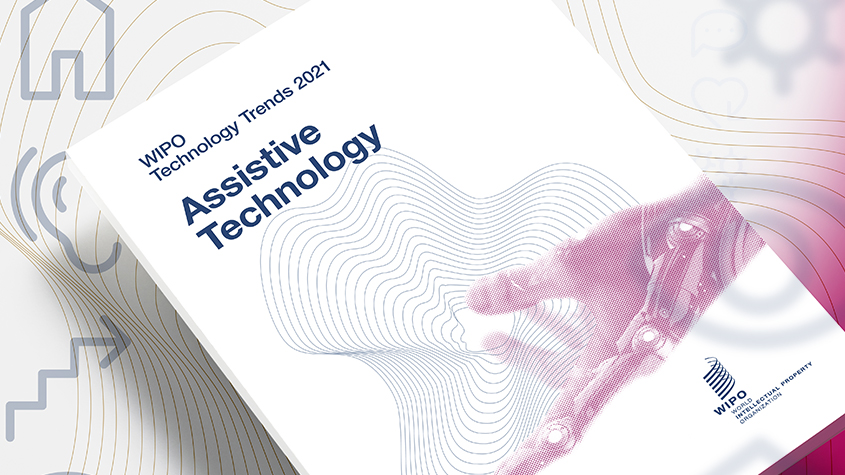
Assistive Technology
PUBLICATION YEAR: 2021
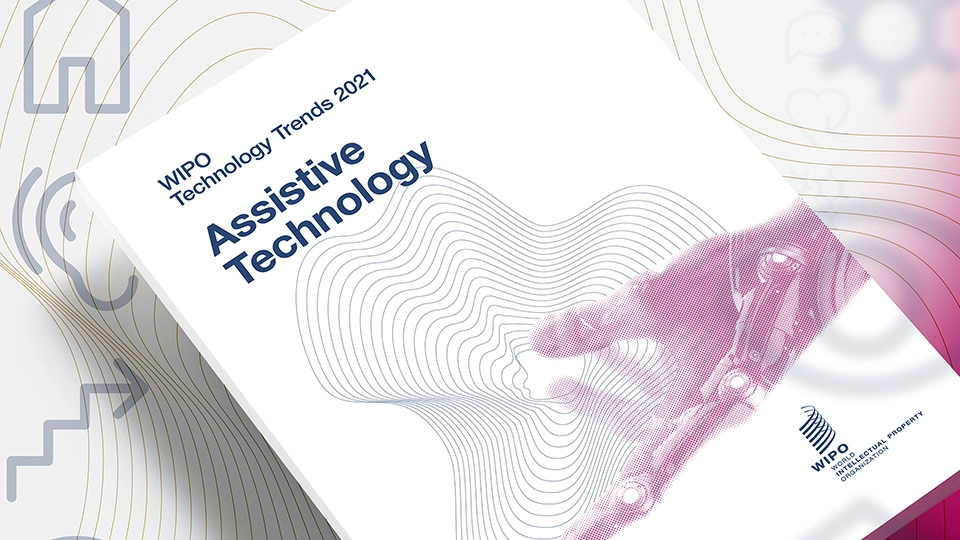
Assistive Technology
PUBLICATION YEAR: 2021
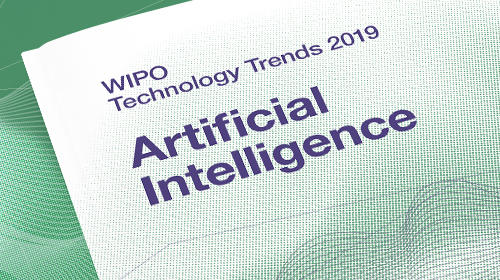
Artificial intelligence
PUBLICATION YEAR: 2019
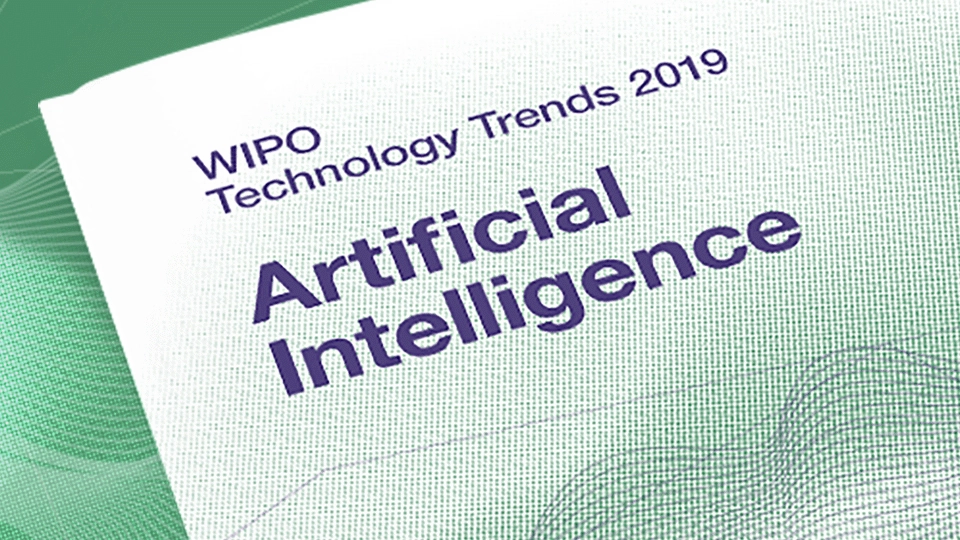
Artificial intelligence
PUBLICATION YEAR: 2019
